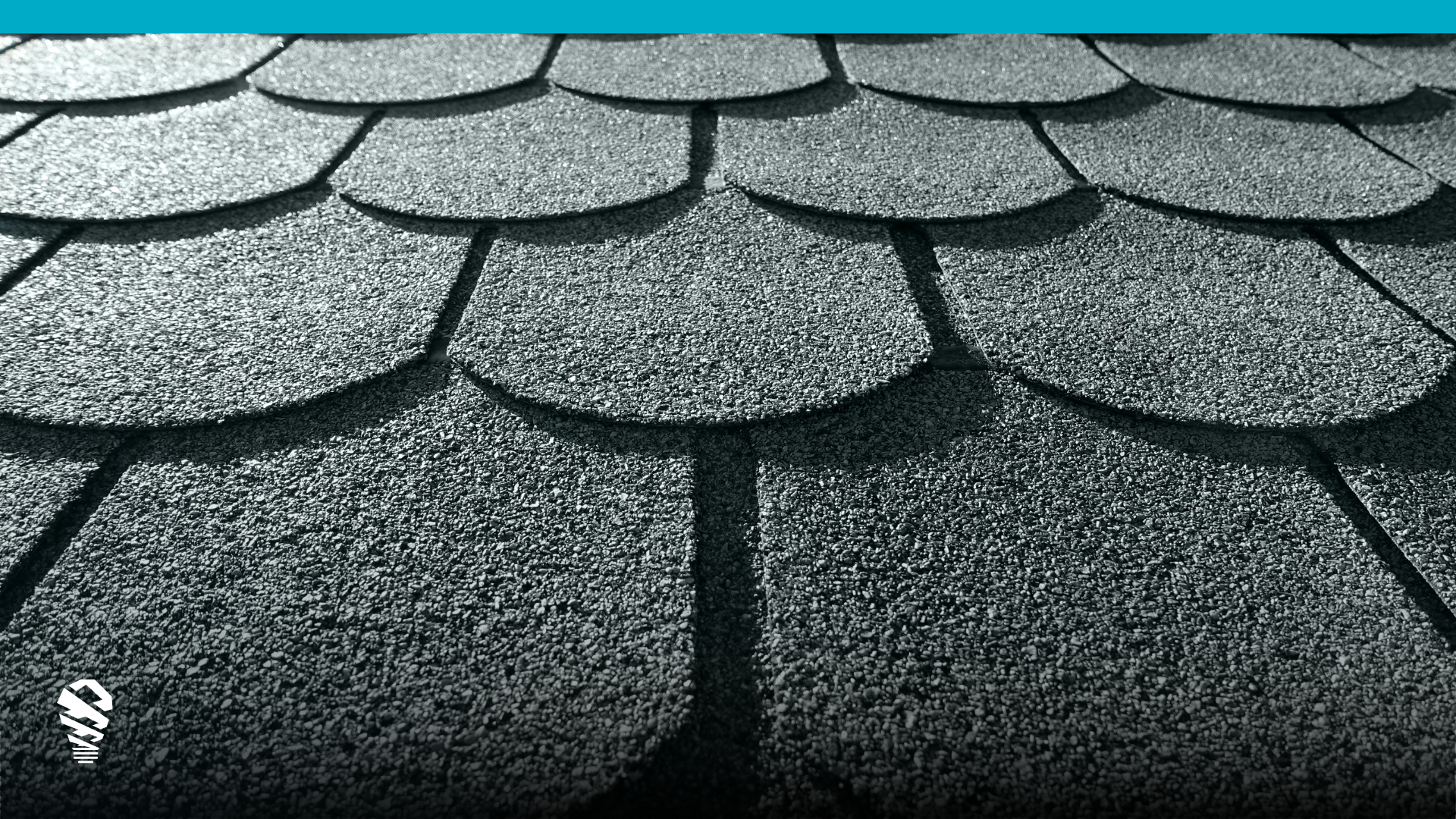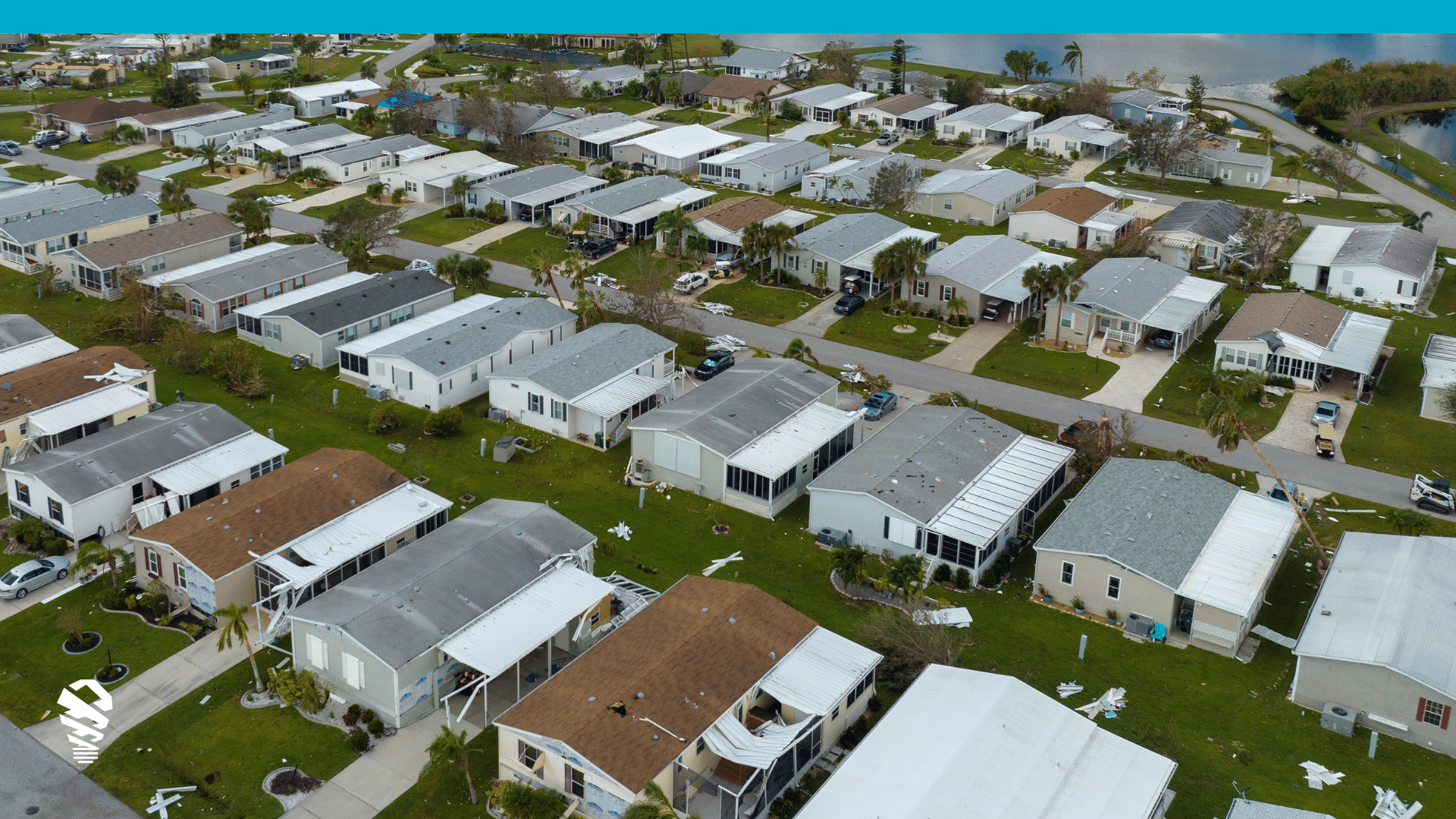Regardless of the industry, people want to get more done or to arrive at a conclusion as quickly as possible. Luckily for insurance adjusters, drones offer a way to get more done than more traditional ladder methods. Reports suggest that drone usage will make claims adjusters’ workflow 40-50% more efficient in the future, but they’re already making work much faster. Drones allow adjusters to get more done and serve more customers within the work day. Let’s take a look at the old way vs. the new.
Before Drone Tech
Until recently, the process of insurance adjusting didn’t experience much change. After receiving a job, an adjuster would go to the site equipped with a ladder, digital camera, tape measure, clip board, and possibly a harness accompanied by other safety equipment depending on the roof. After climbing on top of the potentially dangerous roof, the adjuster would take photos of damaged areas, take notes, and measure the areas of concern. Every roof is different, and in fact, some roofs might be precarious enough to prevent an adjuster from inspecting at all. In these situations, they need a third-party ladder assist company, which slows the process and increases costs.
After the inspection is complete, the job isn’t over. From there, the adjuster will assess damage so that the policyholder can get an estimate. Coming to a conclusion is often slowed when adjusters have to review imagery manually, and in some cases, customers can end up waiting weeks for a carrier to settle the claim.
With Drone Tech
Drones for insurance adjusters are making the profession better in all aspects of the claims process. And at this point, costs for many drone solutions have come down to the point that any average adjuster can afford to add drone technology to their toolkit. A single drone can perform all the tasks that a ladder, digital camera, tape measure, and clipboard can, and it’s more accurate and efficient (not to mention adjusters can stay safe on the ground). An adjuster can map the drone’s flight on a tablet and with one press of a button, send the drone in the air to take a series of photos from all angles with millimeter-level accuracy. The drone gathers all the essential information so adjusters can get a clear picture of what caused damage and derive measurements later. Some drone solutions can complete an inspection in as little as five minutes.
Drones allow adjusters to get more work done each day without sacrificing accuracy. Drones also help with other phases of the claims process. When using a drone-based tools to analyze data, many solutions gives users A.I. tools, which can find details faster (and often more reliably) than a human eye. A.I. can identify damage, assists with accurate measurements, and gives adjusters new ways to speed up their decision-making process. All in all, drone technology provides more information about a roof, so adjusters can be more informed and make the best decisions possible to ensure that everyone involved in the process is happy.
Moving Forward
Drones are changing insurance adjusting for the better. If current trends continue, (the FAA predicts about 451,800 commercial drones in the sky in 2022), we could see drones fully eclipse the ladder in the insurance landscape. Drones for the insurance adjusting process are keeping inspectors off perilous rooftops while delivering thorough reports in record time, allowing adjusters to help more people and do their job more effectively. It may have taken a while for drones to make their way into insurance, but it’s never too late to innovate.


![How to Measure a Roof With a Drone [Updated April 2023]](https://www.lovelandinnovations.com/wp-content/uploads/2024/04/How-to-Measure-a-Roof-With-a-Drone-Updated-April-2023.png)




